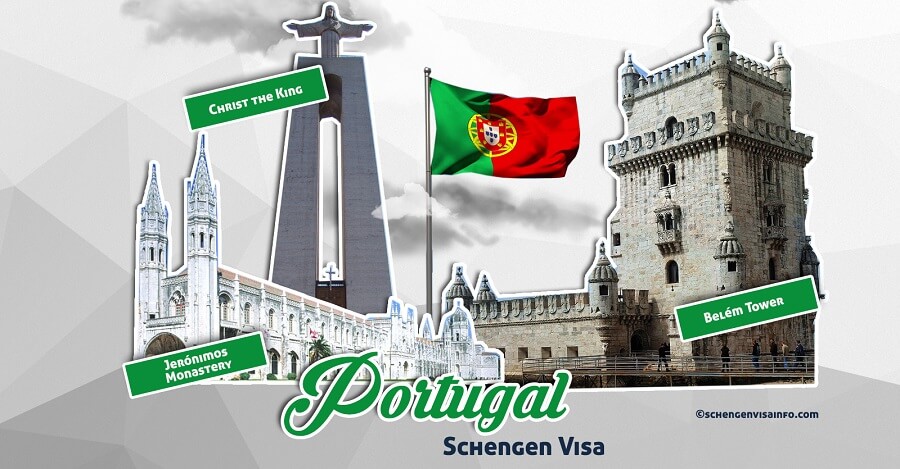Are you ready to embark on a mesmerizing journey through the vibrant and diverse land of India? Before immersing yourself in the kaleidoscope of cultures, breathtaking landscapes, and mouthwatering cuisines that await you, it’s crucial to understand the intricacies of obtaining an Indian visa. Whether you’re a seasoned traveler or a first-time visitor, this comprehensive guide will unravel everything you need to know about Indian visa types. From deciphering the different categories to demystifying the application process, join us as we navigate through this essential information that will pave your way to an unforgettable adventure in India. TYPES OF INDIAN VISA
What are the Different Types of Indian Visas?
There are a variety of visas that you may need if you plan to visit India. The most common type of visa is the tourist visa. This is a visa that allows travelers to stay in India for a specific amount of time, typically 30 days. Other types of Indian visas include business visas and student visas.
You may also need an Indian visa if you’re staying in India for an extended period of time, such as working or studying there. You can check with the Indian embassy or consulate in your home country to see what kind of visa you need and how to apply for it.
How to Apply for a Indian Visa?
If you’re planning a trip to India, you’ll first need to determine which visa type you need. There are three types of Indian visas: tourist, business, and student. Each has its own specific requirements and benefits.
Tourist visas are for visitors who just want to sightsee and enjoy the country. They don’t need work permits or any other special permissions. The maximum duration of a tourist visa is six months, and it can be extended once for another six months. To apply for a tourist visa, you’ll need your passport, a valid travel document (like a plane ticket), and proof of funds (like an insurance policy).
Business visas are for people who are coming to India to do business. They must have official letters from their company asking for permission to come to India and documenting how they plan on using the country as their base of operations. Business visas can be either temporary or permanent, but the maximum duration is three years. To apply for a business visa, you’ll need your passport, certificate of incorporation or company registration certificate, bank statement showing enough funds to cover at least six months in India (or other evidence of financial stability), proof of identity (a driver’s license or passport photo), and application fee (around $160 USD).
Student visas are for students studying in India on government-sponsored programs. They must have an approved course schedule and documentary evidence that they will be attending classes full time while in India. Student visas can be
How Much Does it Cost to Apply for a Indian Visa?
If you’re planning a trip to India, you’ll likely need a visa. Indian visas can be obtained in three different ways: online, at an embassy or consulate, or at the border. Here’s a look at each type of visa and what it costs: INDIAN VISA TYPES
Online visas are the cheapest option and require no application fee. However, these visas are only valid for six months and can only be used for tourism purposes.
At embassy or consulate visas can cost anywhere from $50 to $150 depending on the country you’re applying from. This fee includes the application fee as well as a processing fee which may vary depending on the location.
Visa applications can also be made at the border if you have an international passport and your destination is India. The cost of a visa at the border is typically around $30 USD.
What are the Different Types of Indian Visa Holders?
There are a variety of visa types that allow citizens from India to visit the United States. These include: B-1 business visitor, B-2 tourist, C-1 transit, C-2 trade, D-1 student and J-1 exchange visitor.
The most common type of Indian visa is the B-2 tourist visa. This allows visitors to stay in the United States for 90 days and visit any number of designated tourist destinations. The other common types of Indian visas are the C-1 transit visa and the C-2 trade visa. The C-1 transit visa allows visitors to travel to the United States for a period of up to six months and then leave for a foreign country. The C-2 trade visa allows Indian nationals who are conducting business in the United States to stay in the country for up to three months.
What is the Maximum Stay per Person on an Indian Visa?
The maximum stay per person on an Indian visa is 90 days. If you are intending to stay in India for more than 90 days, you will need to apply for a special visa. The most common type of Indian visa is the tourism visa, which allows visitors to stay for up to six months. Other types of visas include business visas and student visas.
